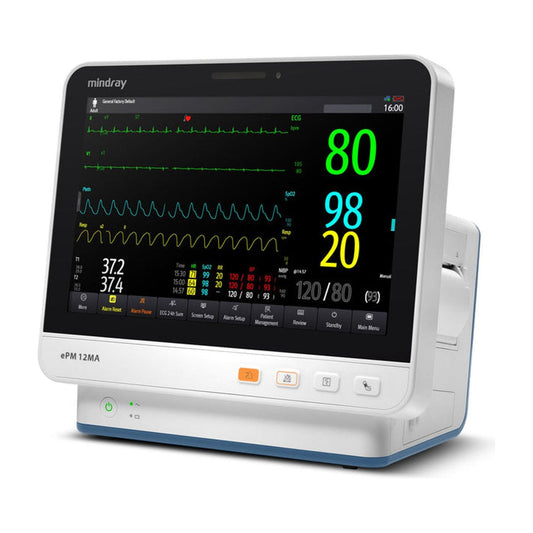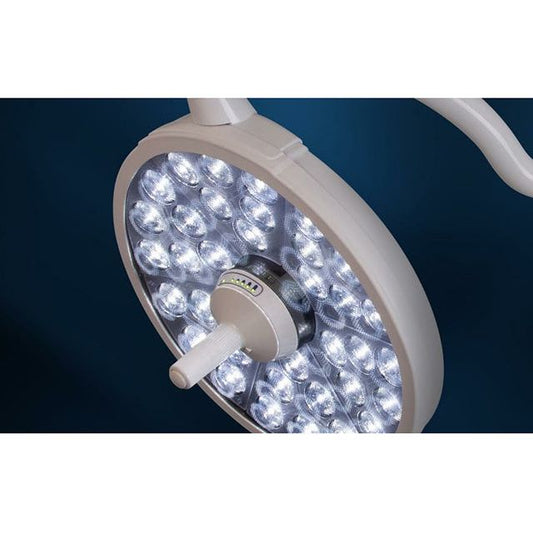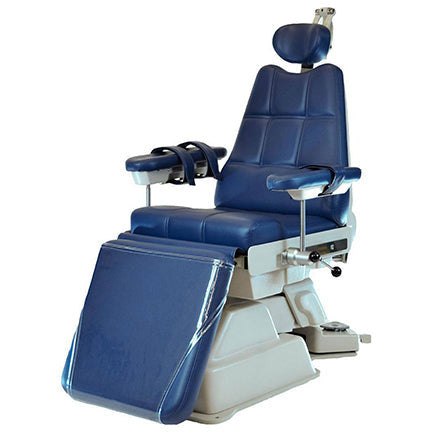News

2026 Dental Equipment Trends and Why Mindray Is...
Dental practices in 2026 are prioritizing equipment that supports sedation safety, workflow efficiency, and long-term reliability. These priorities are driving clear trends across the industry. Here’s what’s shaping dental equipment...
2026 Dental Equipment Trends and Why Mindray Is...
Dental practices in 2026 are prioritizing equipment that supports sedation safety, workflow efficiency, and long-term reliability. These priorities are driving clear trends across the industry. Here’s what’s shaping dental equipment...

From Procedure to Recovery: Why Mindray ePM Fit...
Oral surgery days are packed: sedation safety, quick room turns, consistent protocols across operatories, and airtight documentation. The Mindray ePM series was built for this rhythm. With intuitive touch workflows,...
From Procedure to Recovery: Why Mindray ePM Fit...
Oral surgery days are packed: sedation safety, quick room turns, consistent protocols across operatories, and airtight documentation. The Mindray ePM series was built for this rhythm. With intuitive touch workflows,...

Mindray + Masimo: Accurate SpO₂ for Every Skin ...
Mindray patient monitors ship with Masimo® pulse oximetry as a standard, integrated parameter
Mindray + Masimo: Accurate SpO₂ for Every Skin ...
Mindray patient monitors ship with Masimo® pulse oximetry as a standard, integrated parameter

Why Practices Are Choosing Mindray: Faster, Mor...
Why more practices are making the switch to Mindray monitors, which come equipped with Masimo® pulse oximetry technology.
Why Practices Are Choosing Mindray: Faster, Mor...
Why more practices are making the switch to Mindray monitors, which come equipped with Masimo® pulse oximetry technology.

Medical Gas Safety: Best Practices for Handling...
Medical-grade gases are used throughout healthcare facilities, from patient rooms to operating rooms. Dental practices also use these gases for various procedures. Knowing how to handle these materials properly can...
Medical Gas Safety: Best Practices for Handling...
Medical-grade gases are used throughout healthcare facilities, from patient rooms to operating rooms. Dental practices also use these gases for various procedures. Knowing how to handle these materials properly can...

Boyd Oral Surgery Chairs: Elevating Comfort and...
Here are a few of the standard features that make Boyd oral surgery chairs a popular choice when it comes to selecting a surgical chair for your dental practice.
Boyd Oral Surgery Chairs: Elevating Comfort and...
Here are a few of the standard features that make Boyd oral surgery chairs a popular choice when it comes to selecting a surgical chair for your dental practice.


